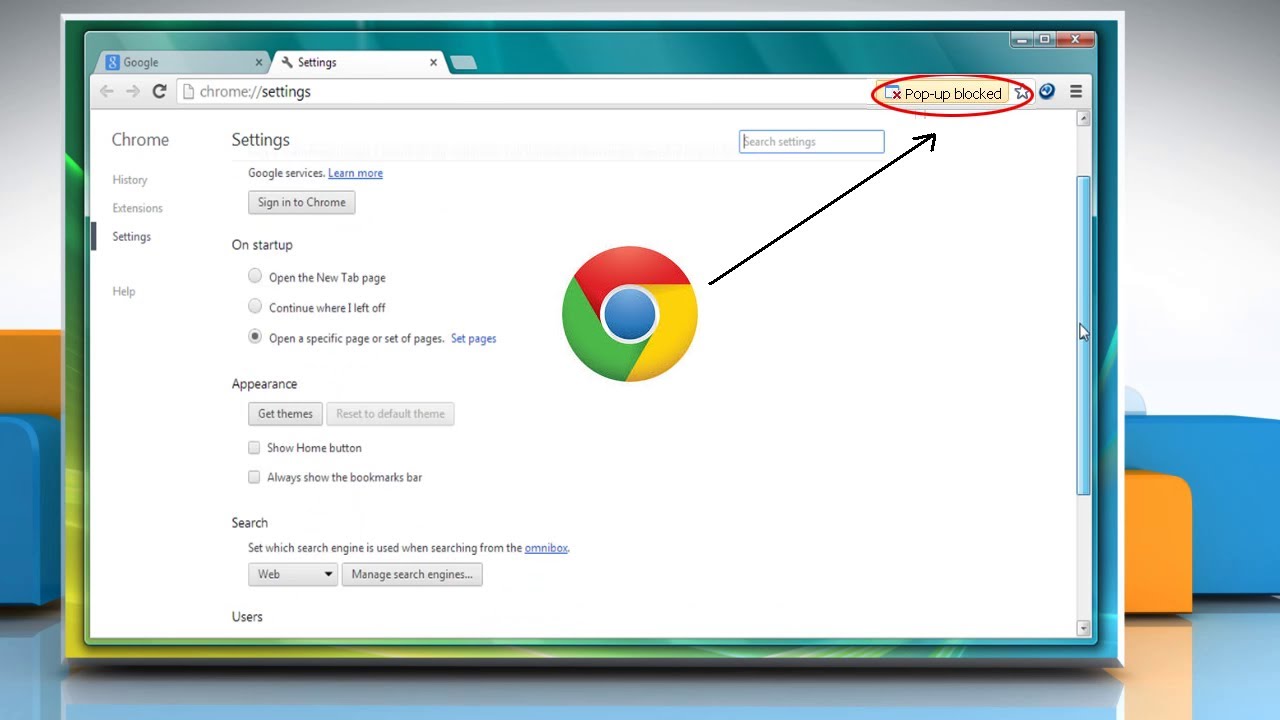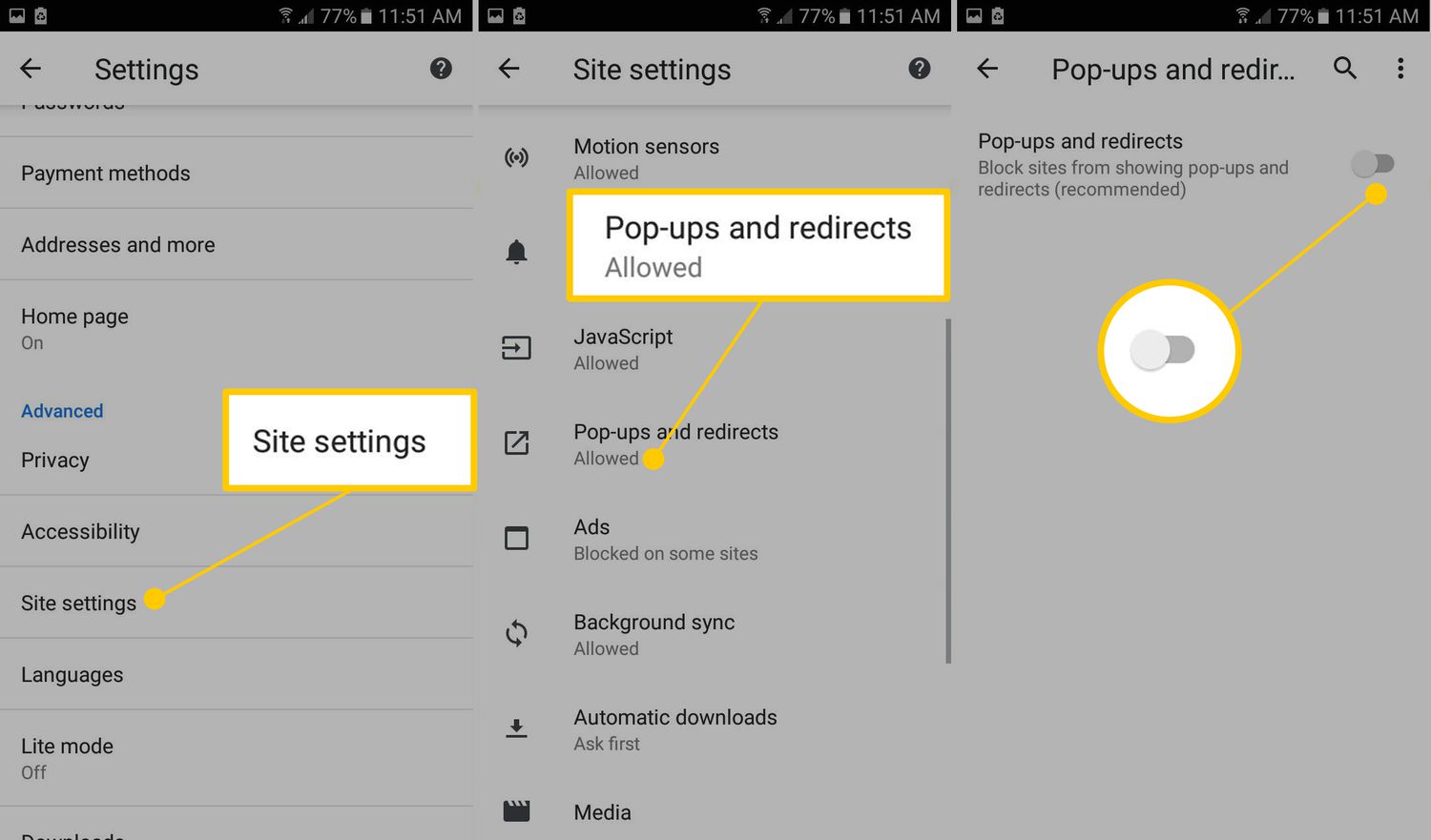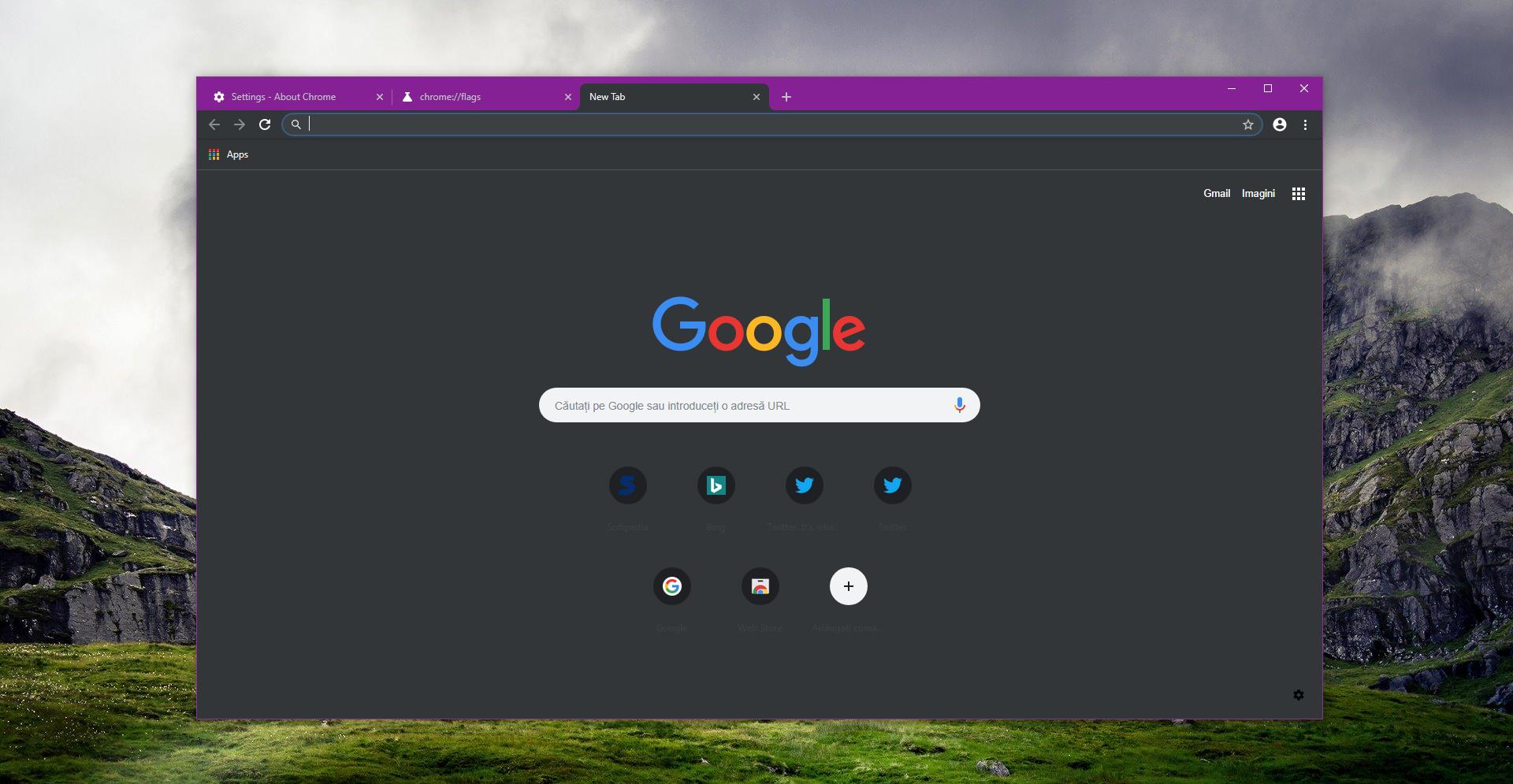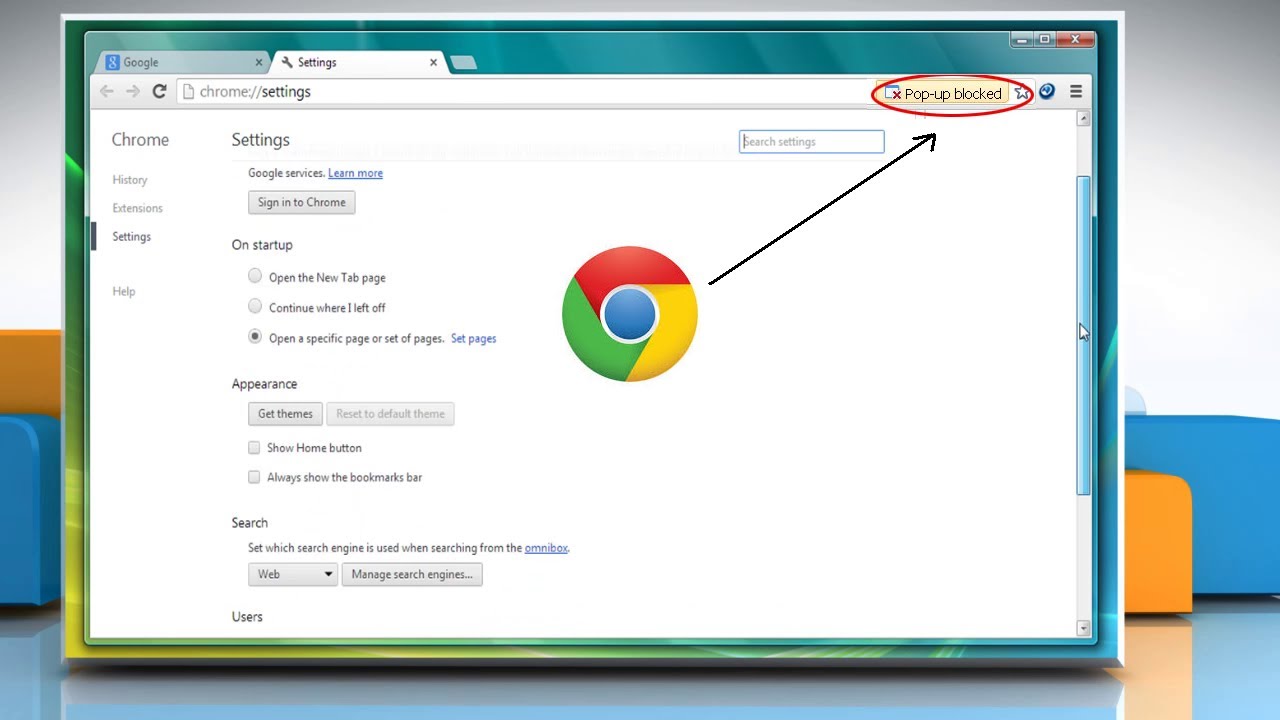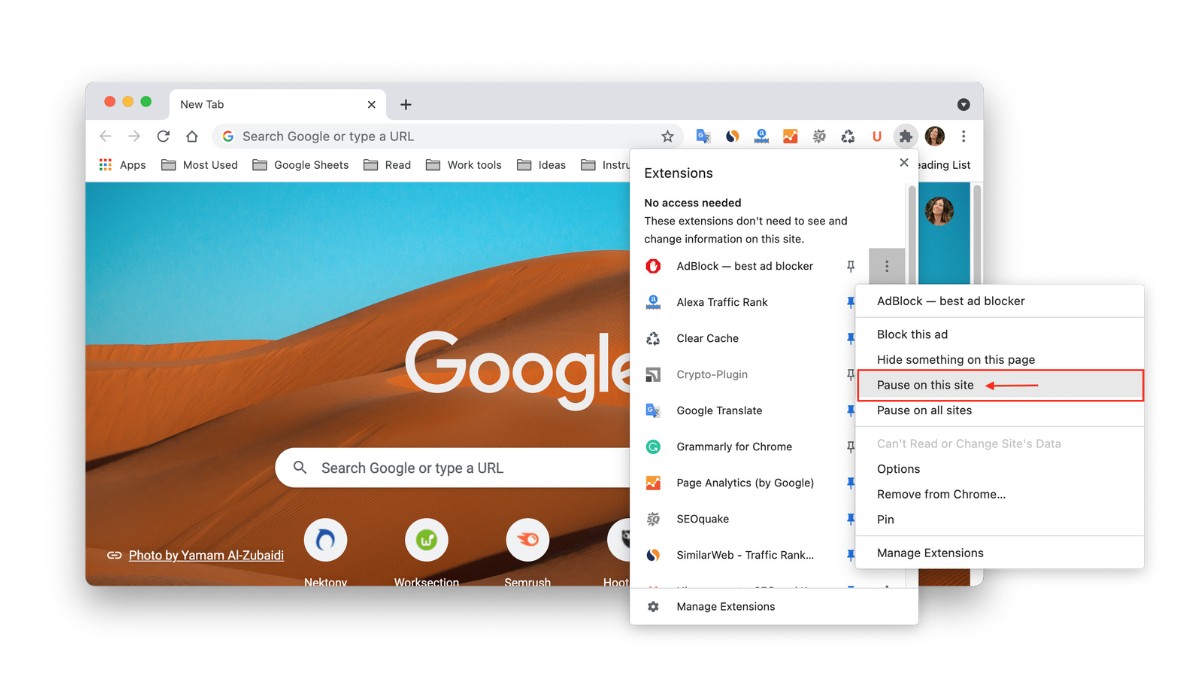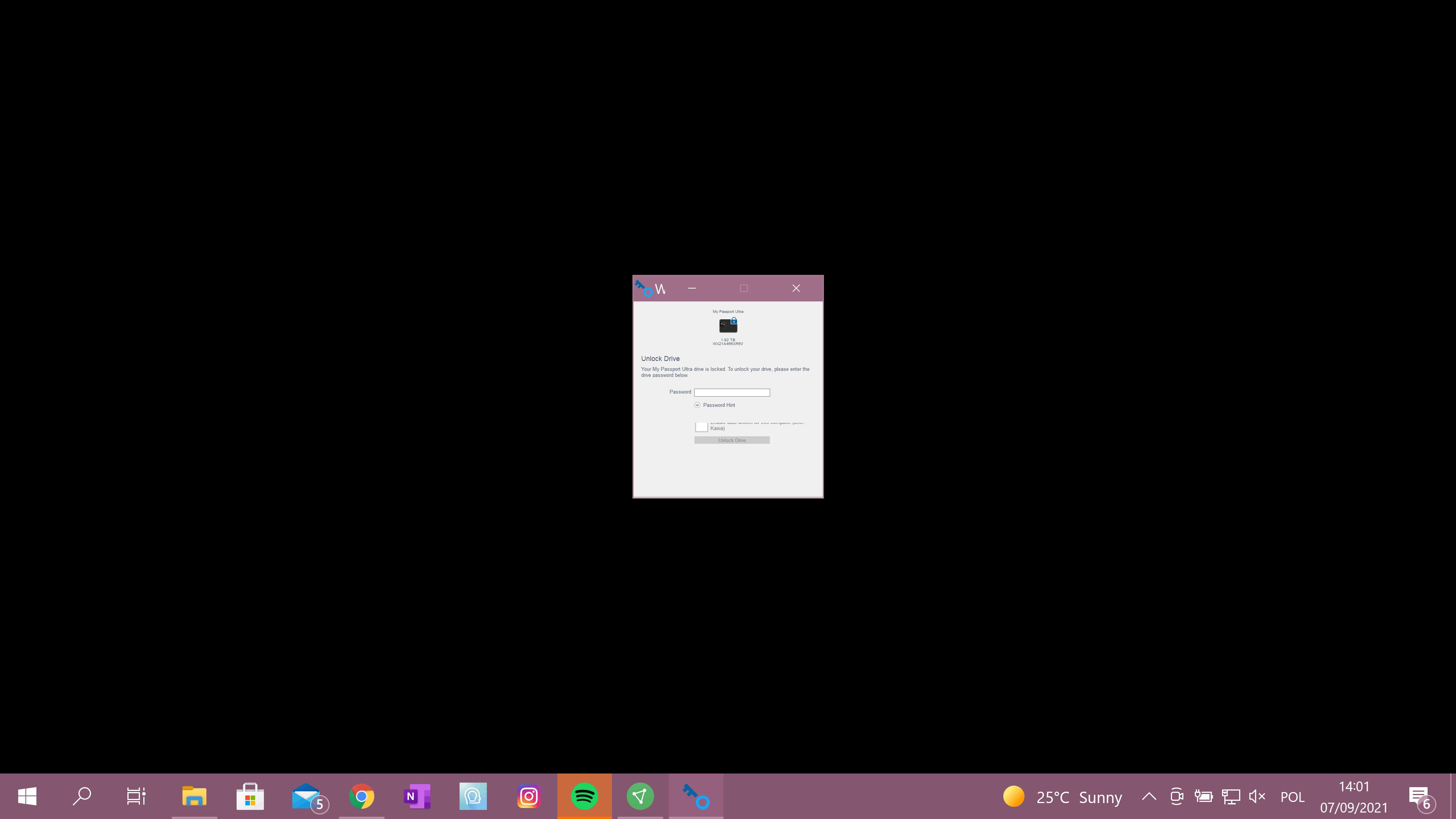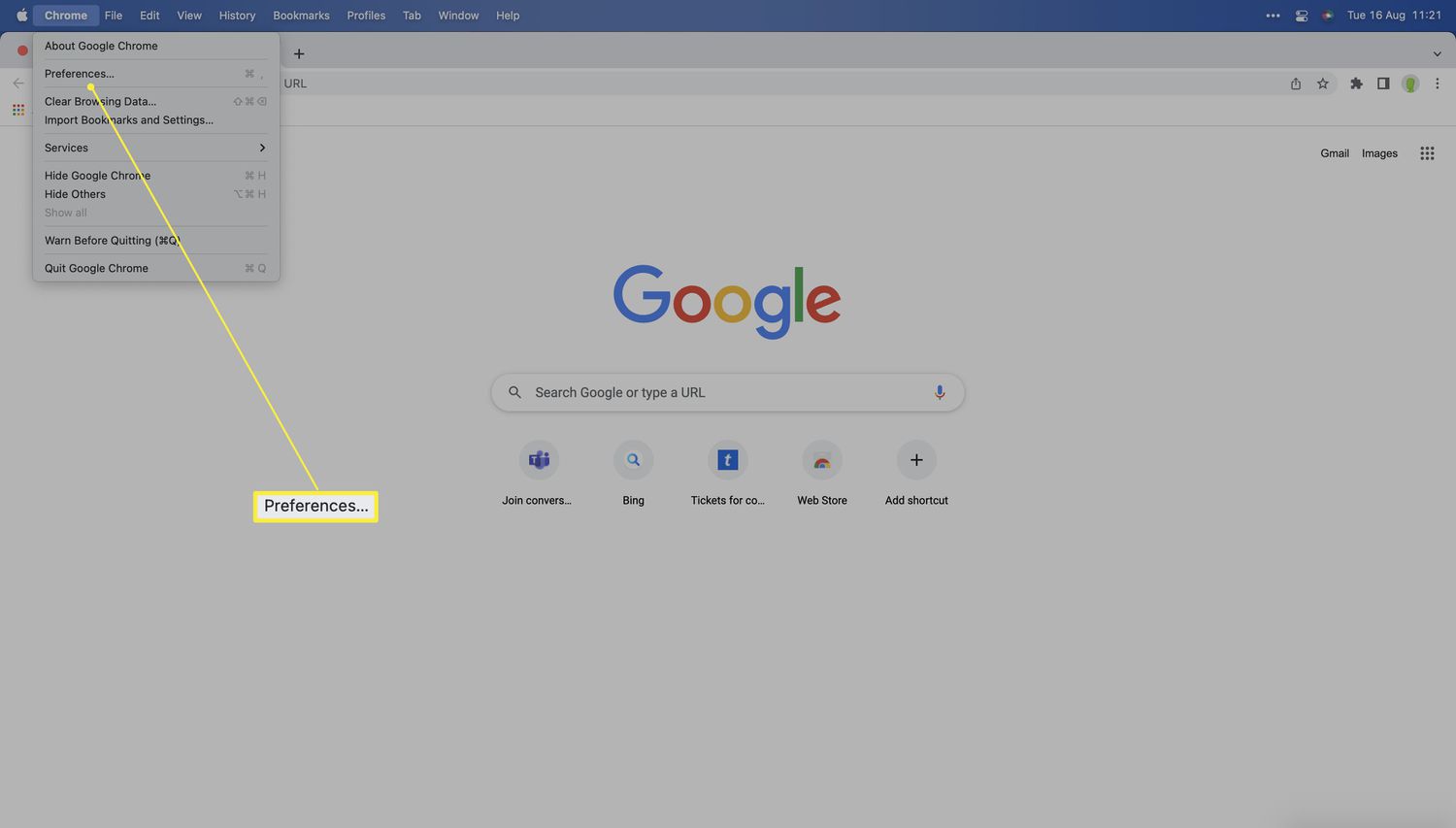Introduction
When it comes to browsing the web, Google Chrome stands out as one of the most popular and user-friendly web browsers. Its sleek interface, robust features, and extensive range of extensions make it a top choice for millions of users worldwide. However, one common issue that users encounter while using Chrome is dealing with pop-up windows. These pesky pop-ups can disrupt the browsing experience, leading to frustration and inconvenience.
In this article, we will delve into the process of allowing pop-ups in Chrome. While pop-ups are often associated with intrusive ads and spam, there are legitimate reasons for wanting to enable them. Whether it's accessing important information, interacting with specific websites, or utilizing web-based tools, there are instances where allowing pop-ups can be beneficial.
By understanding the reasons for allowing pop-ups and learning the steps to enable them in Chrome, users can gain more control over their browsing experience. This guide aims to provide clear and concise instructions, empowering users to make informed decisions about managing pop-ups in their Chrome browser.
So, if you've ever found yourself in a situation where you needed to access a legitimate pop-up but were unable to do so due to browser restrictions, this article is for you. Let's explore the reasons for allowing pop-ups in Chrome and uncover the steps to facilitate a smoother and more versatile browsing experience.
Why Allow Pop-Ups in Chrome?
Pop-ups have garnered a notorious reputation in the online realm, often associated with intrusive advertisements and potential security risks. However, there are legitimate reasons why users may need to allow pop-ups in their Chrome browser. Understanding these reasons can shed light on the practical benefits of enabling pop-ups in specific scenarios.
-
Accessing Important Information: Some websites utilize pop-ups to display crucial information, such as confirmation messages, important notifications, or additional details related to a specific task. By allowing pop-ups, users can ensure they do not miss out on vital content that may be presented in this format.
-
Interacting with Specific Websites: Certain websites, particularly those offering online services, may rely on pop-ups for essential functions such as login prompts, form submissions, or interactive elements. Allowing pop-ups can facilitate seamless interaction with these websites, enhancing the overall user experience.
-
Utilizing Web-Based Tools: Many web-based tools and applications utilize pop-ups to present additional features, settings, or customization options. By enabling pop-ups, users can fully leverage the functionality of these tools without encountering restrictions.
-
Completing Transactions: In the realm of e-commerce and online transactions, pop-ups are often used to display order summaries, payment gateways, and confirmation prompts. Allowing pop-ups can streamline the checkout process and ensure a smooth transaction experience.
-
Accessing Educational Content: Educational platforms, training modules, and e-learning websites may employ pop-ups to deliver supplementary resources, quizzes, or interactive learning materials. Enabling pop-ups can enrich the learning experience and provide access to valuable educational content.
-
Managing Account Settings: Some websites utilize pop-ups for managing account settings, preferences, and security configurations. Allowing pop-ups can facilitate efficient account management and customization options.
By recognizing these practical scenarios where allowing pop-ups can be beneficial, users can make informed decisions about adjusting their browser settings. While it's essential to remain cautious and discerning when dealing with pop-ups, understanding the legitimate purposes behind them can help users navigate the online landscape more effectively. Now that we've explored the reasons for allowing pop-ups in Chrome, let's proceed to the next section to uncover the steps for enabling them.
Steps to Allow Pop-Ups in Chrome
Enabling pop-ups in Chrome involves a straightforward process that empowers users to manage their browsing experience effectively. Whether it's for accessing essential content, interacting with specific websites, or utilizing web-based tools, allowing pop-ups can be a practical solution in various scenarios. Here's a detailed guide on how to allow pop-ups in Chrome:
-
Accessing Chrome Settings: To begin, open your Chrome browser and click on the three-dot menu icon located in the top-right corner of the window. From the dropdown menu, select "Settings" to access the browser's configuration options.
-
Navigating to Site Settings: Within the Settings menu, scroll down and click on "Privacy and security" in the left-hand sidebar. Then, select "Site settings" to access a range of site-specific permissions and preferences.
-
Managing Pop-Ups: Under the Site settings section, locate and click on "Pop-ups and redirects." This will allow you to customize the behavior of pop-ups on websites, giving you the flexibility to enable or block them based on your preferences.
-
Enabling Pop-Ups: Upon entering the Pop-ups and redirects settings, you can toggle the switch to allow pop-ups. By enabling this option, you grant permission for websites to display pop-up windows when necessary, ensuring a seamless browsing experience.
-
Managing Exceptions: Additionally, Chrome provides the option to manage exceptions for specific websites. If there are particular sites for which you want to allow or block pop-ups, you can add them to the exceptions list, providing granular control over pop-up behavior.
-
Confirmation and Testing: Once you have adjusted the pop-up settings according to your preferences, it's advisable to visit websites where pop-ups are required to ensure that the changes have been successfully implemented. This allows you to verify that pop-ups are now allowed as intended.
By following these steps, users can effectively allow pop-ups in their Chrome browser, catering to specific needs and preferences while maintaining control over their browsing environment. It's important to exercise caution and discernment when enabling pop-ups, ensuring that they are utilized for legitimate purposes and enhancing the overall browsing experience.
With these clear instructions, users can confidently navigate the process of allowing pop-ups in Chrome, empowering them to make informed decisions about managing pop-up behavior based on their individual requirements.
Conclusion
In conclusion, understanding the nuances of allowing pop-ups in Chrome is essential for optimizing the browsing experience. While pop-ups have often been associated with intrusive ads and potential security risks, it's crucial to recognize the legitimate scenarios where enabling pop-ups can be beneficial. From accessing vital information and interacting with specific websites to utilizing web-based tools and completing transactions, there are practical reasons for allowing pop-ups in Chrome.
By following the outlined steps to enable pop-ups in Chrome, users can gain more control over their browsing environment, ensuring that legitimate pop-ups are not hindered by default browser settings. The ability to manage pop-up behavior based on individual preferences and specific website requirements empowers users to tailor their browsing experience to suit their needs effectively.
It's important to approach the decision of allowing pop-ups with discernment, ensuring that they are utilized for genuine purposes that enhance the user experience. By exercising caution and leveraging the granular control provided by Chrome's pop-up settings, users can strike a balance between accessibility and security, ultimately fostering a more versatile and efficient browsing experience.
As technology continues to evolve, the landscape of online interactions and content delivery methods will undoubtedly undergo further transformations. In this dynamic environment, the ability to adapt and customize browsing settings, including pop-up permissions, becomes increasingly valuable. By staying informed about best practices and understanding the practical applications of pop-ups, users can navigate the online realm with confidence and efficiency.
In essence, allowing pop-ups in Chrome is not merely about adjusting browser settings; it's about empowering users to engage with online content, services, and tools in a manner that aligns with their specific needs and preferences. By embracing a nuanced approach to managing pop-ups, users can harness the full potential of the web while maintaining a secure and seamless browsing experience.
With the insights and guidance provided in this article, users can approach the process of allowing pop-ups in Chrome with clarity and confidence, ensuring that they are well-equipped to make informed decisions about their browsing environment. By recognizing the practical benefits and exercising thoughtful control over pop-up settings, users can navigate the digital landscape with greater ease and efficiency.







